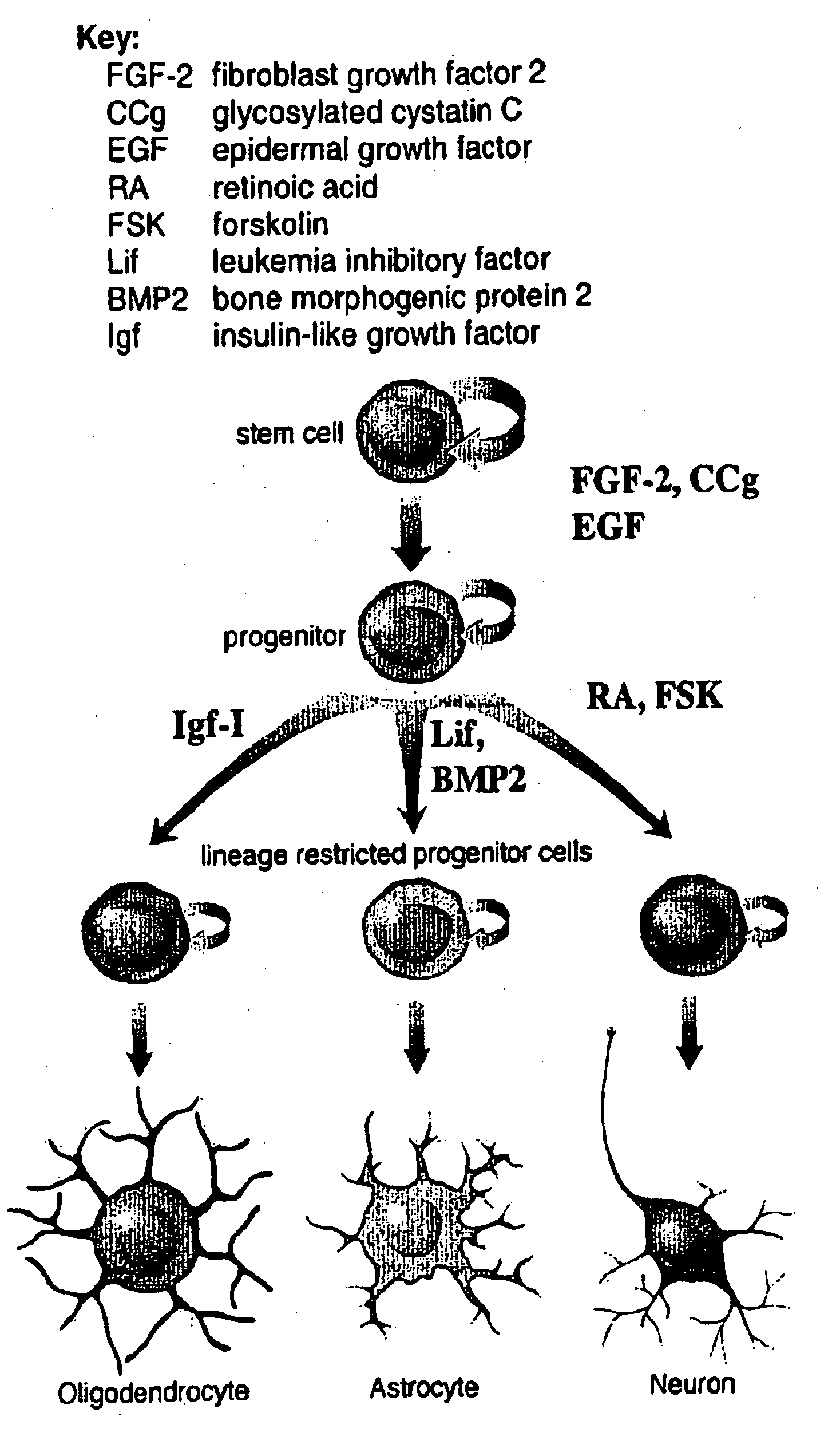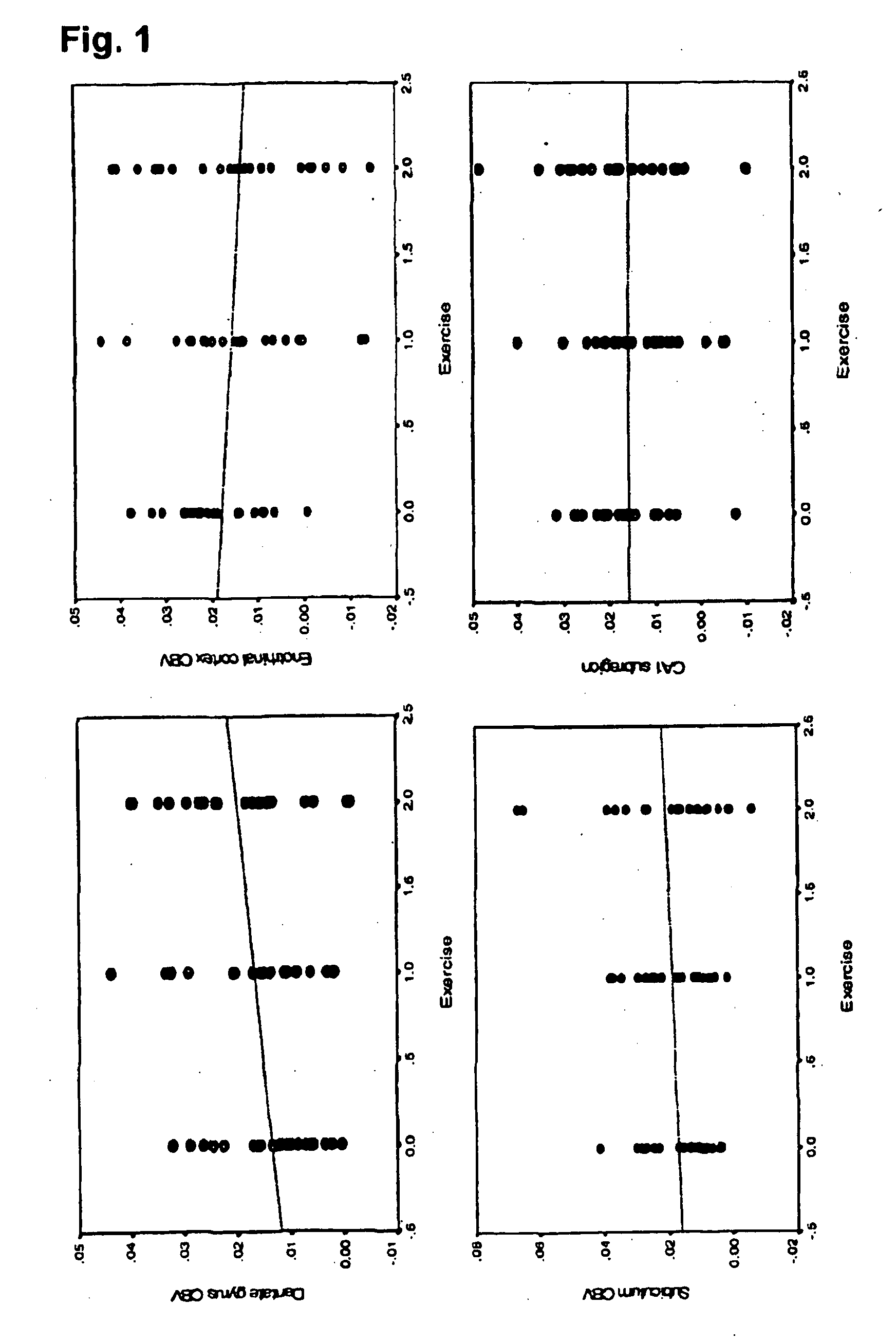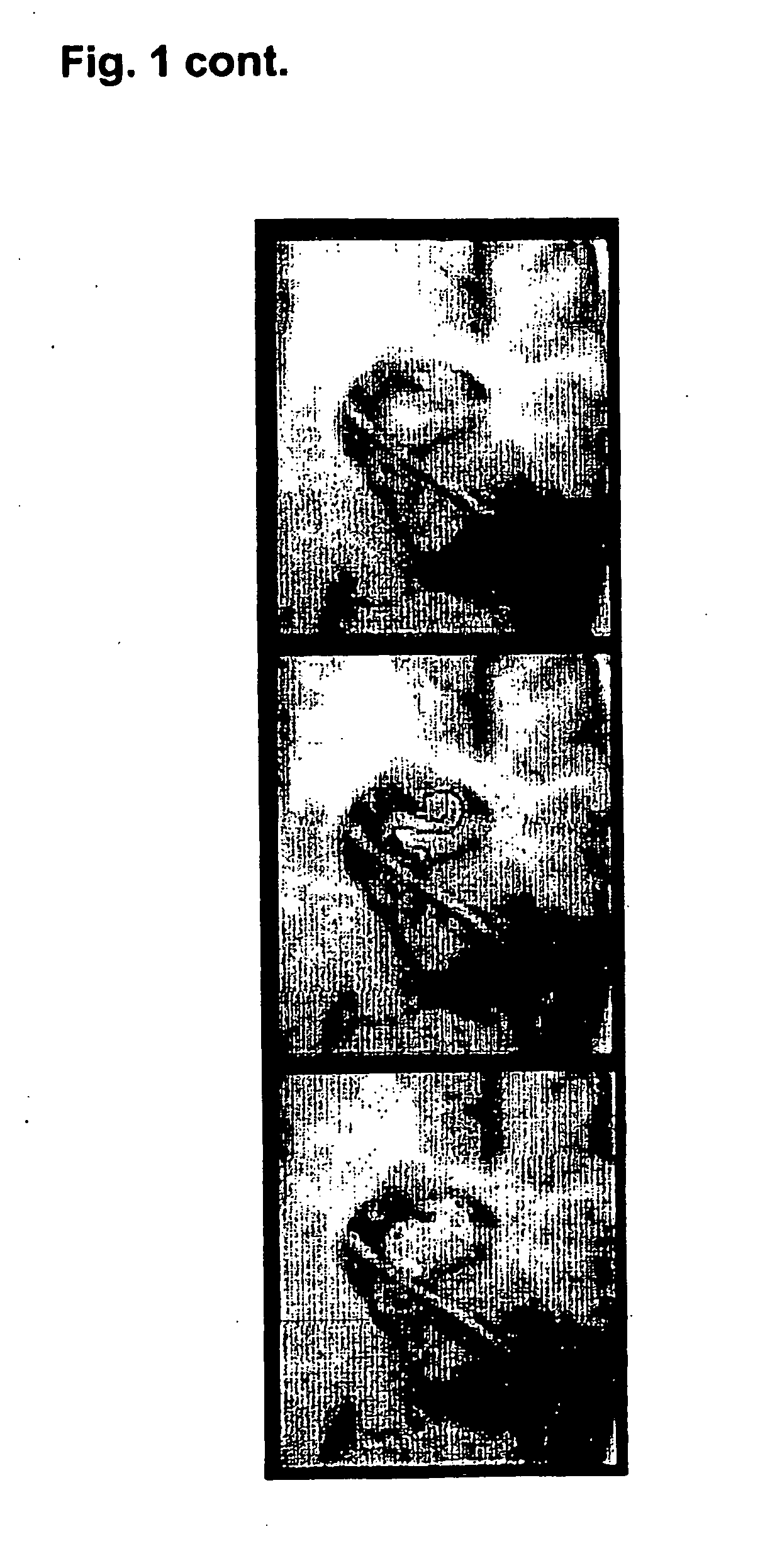Imaging Correlates of Neurogenesis With MRI
a neurogenesis and imaging technology, applied in the direction of diagnostic recording/measuring, drug composition, biocide, etc., can solve the problem of complex prediction of the functional outcome of therapeutic intervention, the requirement is obviously prohibitive in determining whether compounds induce neurogenesis in humans, and the inability to start exercise early or at all, etc., to reduce neurogenesis, increase cerebral blood volume, and reduce neurogenesis
- Summary
- Abstract
- Description
- Claims
- Application Information
AI Technical Summary
Benefits of technology
Problems solved by technology
Method used
Image
Examples
experimental details ii
Imaging Neurogenesis in the Dentate Gyrus of Living Humans
Background and Significance
[0090]Against scientific dogma, there is now clear evidence that neurogenesis continues throughout the life-span in select brain region—most notably the dentate gyrus, a primary subregion of the hippocampal circuit. Moreover, manipulations that reliably induce neurogenesis have been identified, such as exercise or serotonin-reuptake inhibitors. The next important step is to determine whether and how neurogenesis influences cognition. Currently, neurogenesis can only be detected in post-mortem tissue, and thus the correlation between neurogenesis and cognition can only be accomplished in non-human animals. The goal of the current project is to develop an imaging technique that can detect, and even quantify, neurogenesis in the dentate gyrus of living humans.
[0091]Among all imaging modalities—CT, PET, SPECT, MRI—only MRI (magnetic resonance imaging) has sufficient spatial resolution to visualize the d...
experimental details iii
Summary
[0101]The dentate gyrus is a privileged brain region that maintains the capacity for neurogenesis throughout life. Drugs that accelerate neurogenesis hold great promise as therapeutic agents against many diseases—including Alzheimer's disease, traumatic brain injury, developmental disorders, and stroke. The ability to safely visualize correlates of neurogenesis with imaging techniques is required to screen and validate potential neurogenesis-inducing drugs. Toward this goal, an MRI approach to visualize correlates of neurogenesis in the dentate gyrus will be investigated. The approach is based on the tight spatial and temporal coupling between neurogenesis and angiogenesis. Angiogenesis results in an increased cerebral blood volume (CBV), and CBV is a parameter that has been successfully imaged with MRI from the dentate gyrus of humans, monkeys, and rodents. Preliminary data suggests that CBV in the dentate gyrus of humans and mice is selectively correlated with exercise, a k...
PUM
| Property | Measurement | Unit |
|---|---|---|
| Stress optical coefficient | aaaaa | aaaaa |
| Selectivity | aaaaa | aaaaa |
| Disorder | aaaaa | aaaaa |
Abstract
Description
Claims
Application Information
 Login to View More
Login to View More - R&D
- Intellectual Property
- Life Sciences
- Materials
- Tech Scout
- Unparalleled Data Quality
- Higher Quality Content
- 60% Fewer Hallucinations
Browse by: Latest US Patents, China's latest patents, Technical Efficacy Thesaurus, Application Domain, Technology Topic, Popular Technical Reports.
© 2025 PatSnap. All rights reserved.Legal|Privacy policy|Modern Slavery Act Transparency Statement|Sitemap|About US| Contact US: help@patsnap.com



